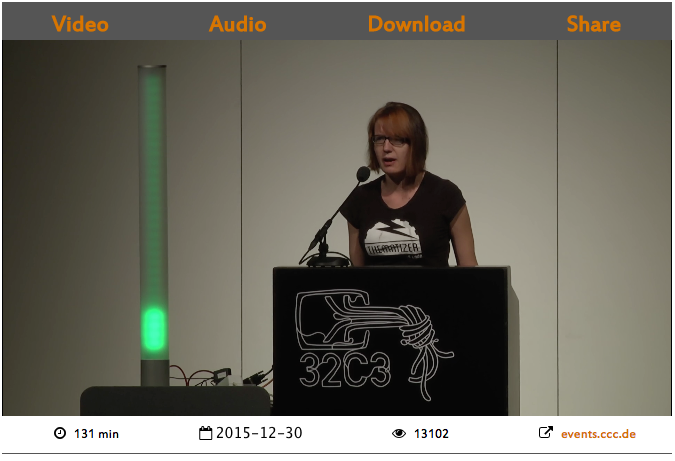 Technology was an omnipresent theme at BIEN 2016, and also the subject of debate. Profs. Inoue, Shinagawa, and Tsuzuki analyze the economic impact of artificial intelligence on employment. Guy Standing may argue that the movement does not need the specter of future job loss caused by automation, but it remains a compelling vision, as evidenced by the “friendly robots” demonstrating in Davos and on behalf of the Swiss referendum. Yet technology is not the enemy, or even a neutral force.
Technology was an omnipresent theme at BIEN 2016, and also the subject of debate. Profs. Inoue, Shinagawa, and Tsuzuki analyze the economic impact of artificial intelligence on employment. Guy Standing may argue that the movement does not need the specter of future job loss caused by automation, but it remains a compelling vision, as evidenced by the “friendly robots” demonstrating in Davos and on behalf of the Swiss referendum. Yet technology is not the enemy, or even a neutral force.
Julio Linares spoke yesterday about the possibility of rewriting financial instruments to deliver direct dividends to citizens; an innovative solution that seems tailor-made for Ether or another cryptocurrency built for the fulfillment of “smart contracts.” My own presentation dealt with cryptocurrency and UBI. Technology is more than a necessary evil to which we must adjust; it is an extension of our selves and our humanity. Often tech lies with within the spheres of corporate or government control, but not always.
As I attend this conference I am aware of the outpouring of rage and grief in the United States over recent police shootings. A sniper who had targeted police in Dallas was killed by an actual police robot. I feel a weird kind of survivor’s guilt. Are our goals here in Seoul too lofty and unrealistic? All I can say is that guns are technology. Cell phones are technology. Fear and hatred are not technologies.
We need better technologies to support activism and organizing outside the corporate sphere. (Ask me how.) Some of these tools may be directly aligned with the goals of universal basic income; others may simply help build a broader political constituency.
To wait for political change before addressing the “how” and the practical dimensions of the change to come, would be a grave mistake. The next BIEN summit, will take place in Finland, birthplace of Linux. It seems a fitting place for advocates of free software, privacy, and basic income to find common ground.
Who’s in?




